#giulio carpioni
Explore tagged Tumblr posts
Text

Allégorie des Arts et des Vices attr. Giulio Carpioni (Italian, 1613--1678)
312 notes
·
View notes
Text

Apollo and Marsyas, 17th century by Giulio Carpioni (1613-1678), oil on canvas 85x100 cm. Privat Collection
27 notes
·
View notes
Text

Nymph Liriope Brings her Son Narcissus to Tiresias
Artist: Giulio Carpioni (Venice, 1613-1679)
Date: ca. 1671
Medium: Oil paint on canvas
Collection: Kunsthistorisches Museum Vienna, Austria
Description
Taken from Ovid's Metamorphoses (Book III: verses 339-510), this work shows the river nymph Liriope taking her son, the beautiful Narcissus, to the blind seer Tiresias to enquire about his destiny. Tiresias pronounced that the child would live a long life so long as he did not 'come to know himself'.
#literary art#painting#literary scene#nymph liriope#child figure#female figures#male figures#costumes#narcissus#Tiresias#drapery#literature#ovid's metamorphoses#italian culture#italian art#italian painter#european art#giulio carpioni#17th century painting
10 notes
·
View notes
Text
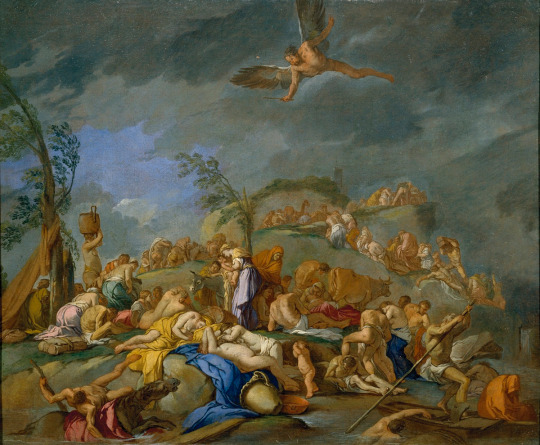
Deucalion’s Flood by Giulio Carpioni
#deucalion#flood#deluge#art#giulio carpioni#pyrrha#prometheus#zeus#greek mythology#ancient greece#ancient greek#angel#angels#gods#mankind#mythology#religion#ark#boat#chest#floods#classical antiquity#animals#humanity#mount parnassus#thessaly#mediterranean#europe#european#rebirth
22 notes
·
View notes
Text

Iris in the Realm of Morpheus

This painting was created by the Italian early Baroque painter and etcher Giulio Carpioni (1613 – 29 January 1678) in 1660–1665.
#༺☆༻ 𝕮𝔞𝔫𝔦𝔰 𝕸𝔞𝔧𝔬𝔯 ༺☆༻#༺⚚༻ 𝕲𝔞𝔩𝔩𝔢𝔯𝔦𝔞 ༺⚚༻#art#baroque art#italian art#Giulio Carpioni#greek gods#Iris#Morpheus
21 notes
·
View notes
Text

Giulio Carpioni, Bacchus and Ariadne, 1660 x
0 notes
Text

Circle of Giulio Carpioni, 1613-1678
Hero and Leander [and Danaides], n/d, oil on canvas, 54x40 cm
Private Collection
22 notes
·
View notes
Text
Flowers of Mythology - Narcissus
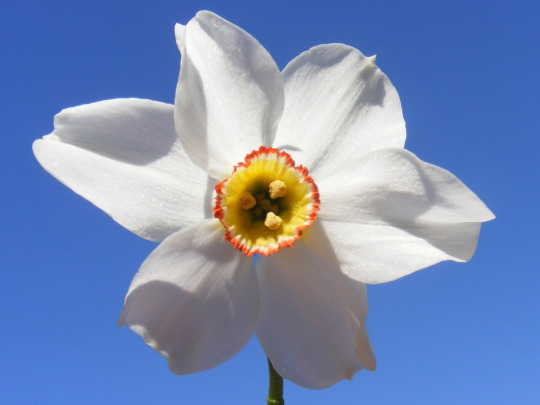
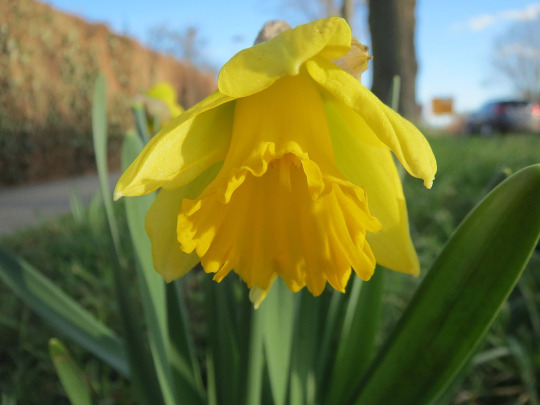
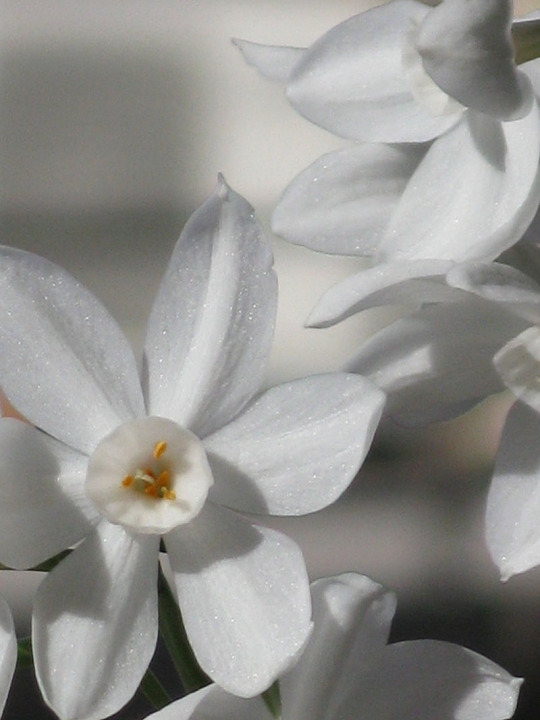
Narcissus is a genus of plants that include daffodil and jonquil as well as narcissus. They are spring flowering perennial plants that have obvious flowers with six outer petals and a cup- or trumpet-shaped crown. These can be white or yellow and both the outer petals and crown can be the same or opposite colors. Garden varieties, which are specifically bred for other colors, can come in orange or pink. They developed approximately 20 million years ago in the area around the Iberian Peninsula. It is native to southern European and North African meadows and woods, but was cultivated elsewhere so that it reached the Far east before the 10th century. It was used for treatment of cancer and uterine tumors, as attested by Hippocrates (lived around 460-370 BCE) and possibly the Bible as the Rose of Sharon, though that usage fell out of favor as attested by Pedanius Dioscorides (lived around 40-90 CE) and Soranus of Ephesus (lived 98-138 CE). There are compounds that do help protect against the growth of tumors. Pliny the Elder (lived 23-79 AD) was an advocate for topical usage. They also repel rodents. Modern usage of narcissus include as a treatment for Alzheimer's disease.
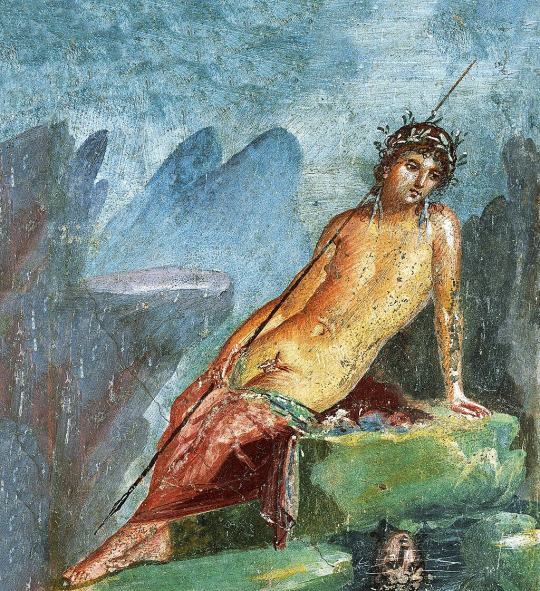
By Unknown author - http://almacendeclasicas.blogspot.com/2015/05/pompeya-la-casa-de-marco-lucrecio.html, CC0, https://commons.wikimedia.org/w/index.php?curid=112691977
The Greeks have two myths that involve the narcissus flower. One is That of the hunter Narcissus from Thespia in central Greek. The -issos ending of his names indicates that this myth likely pre-dates the Greek world, though whether the flower was named first or after the hunter is unknown. There are several versions of the myth that survive to this day. The most well known version of the myth of Echo and Narcissus is from Ovid's Metamorphoses. In that version of the myth, Tiresias, a prophet who took Zeus' side in a contest between him and Hera, so Hera blinded him. Zeus then made Tiresias a prophet. He also spent seven years as a woman, again caused by Hera for his hitting mating snakes with a stick.
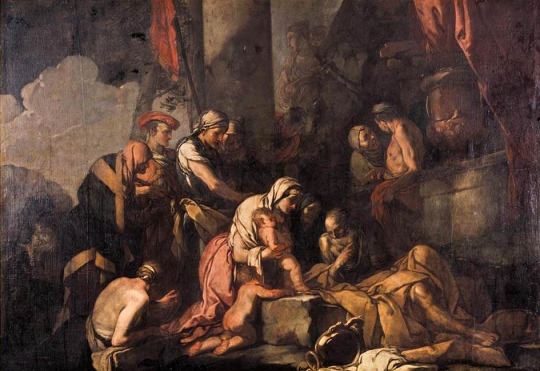
By Giulio Carpioni - Web Gallery of Art: Image Info about artwork, Public Domain, https://commons.wikimedia.org/w/index.php?curid=10618028
Liriope was 'ravaged' by Caphissus, a river god, and later gave birth to Narcissus, who was 'beautiful even as a child'. Tiresias prophesied Narcissus could only live a long life if he never 'came to know himself'. When he was 16, he went hunting with friends, and ended up separated from them and lost.
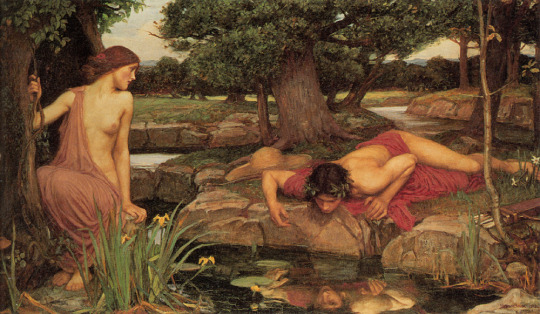
By John William Waterhouse - http://www.allartpainting.com/echo-and-narcissus-p-16444.html, Public Domain, https://commons.wikimedia.org/w/index.php?curid=7716057
Echo, a mountain nymph, was used by Zeus to keep Hera busy while Zeus catted about behind her back, or while his lovers escaped from Olympus. Hera punished her by making it so Echo could only repeat what she'd just heard. Echo saw Narcissus and became inflamed with desire and followed after him. Narcissus became aware of Echo's presence, but he couldn't see her. He called out 'Who's there?', which she called back, and so on. Echo crept closer to Narcissus, until he could see her. She tried to embrace him and he rebuffed her, telling her to 'keep her chains'. After this, Echo wasted away until only her voice remained.
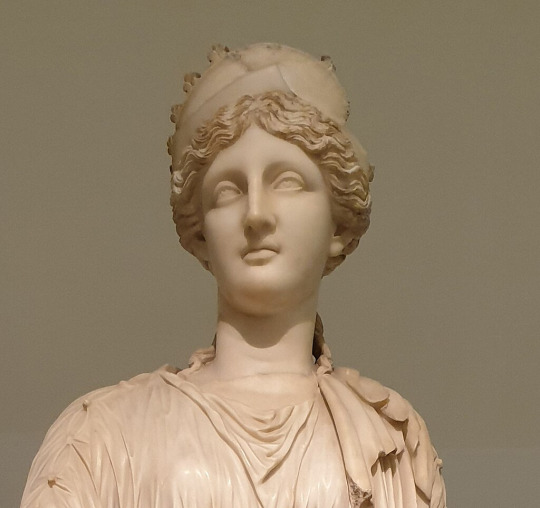
By Jamie Heath - https://www.flickr.com/photos/mumblerjamie/49345495687/in/photolist-7dQTrU-Jt9nya-6hGRqg-2ibuyGp-KnkmSu-2iUBjfG, CC BY-SA 2.0, https://commons.wikimedia.org/w/index.php?curid=138436541
Meanwhile, Nemesis, goddess of personal retribution, heard the prayers of Ameinias, a man who had also fallen in lust for Narcissus, but was likewise rebuffed. She proclaimed that Narcissus would 'never be able to be loved by the one he fell in love with.'

By Caravaggio - Self-scanned, Public Domain, https://commons.wikimedia.org/w/index.php?curid=25450745
Narcissus, wandering in the forest, becomes thirsty and approaches a pool of water that according to Ovid, no animal had ever approached. He leans down to get a drink and in the still water, he sees his reflection, one that he likens to a marble statue. He falls in love with his reflection, fulfilling both Tiresias' prophecy and Nemesis' curse in one moment. Narcissus eventually melted from the flames of his passion, becoming a gold and white flower with a bent head.
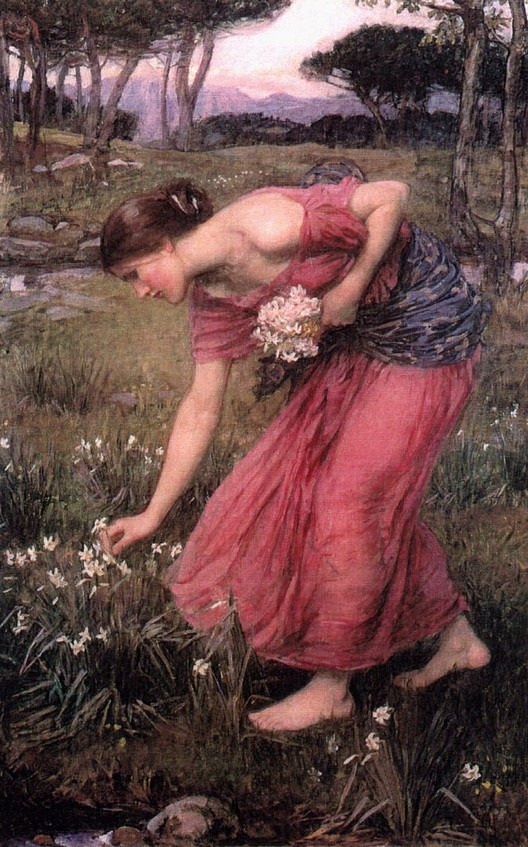
By John William Waterhouse - http://www.jwwaterhouse.com/paintings/images/waterhouse_narcissus.jpg, Public Domain, https://commons.wikimedia.org/w/index.php?curid=8034986
The second myth involves the capture of Persephone by Hades while picking narcissus flowers. Because of this, they're held sacred to Persephone and Hades and they're thought to grow along the River Styx.
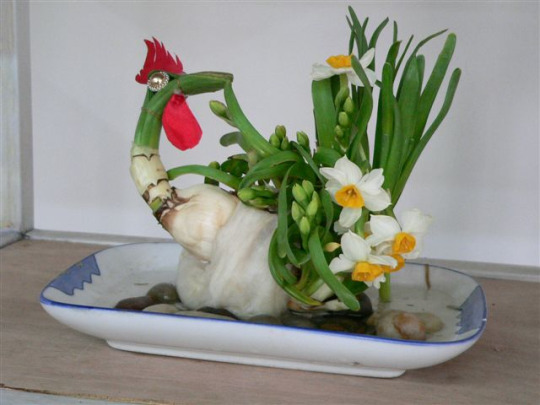
By Original uploader was 用心阁 at zh.wikipedia - Transferred from zh.wikipedia; transferred to Commons by User:Shizhao using CommonsHelper., CC BY-SA 3.0, https://commons.wikimedia.org/w/index.php?curid=12462572
Among the Chinese, narcissus is connected to the Chinese New Year and symbolizes good luck, in contrast to the association with death in many Western cultures.
7 notes
·
View notes
Text
The Dionysos gallery (2)
Next on our travel down the Dionysos museum, we have an entire section dedicated to the Bacchanals in painting - with a few analysis here and there.
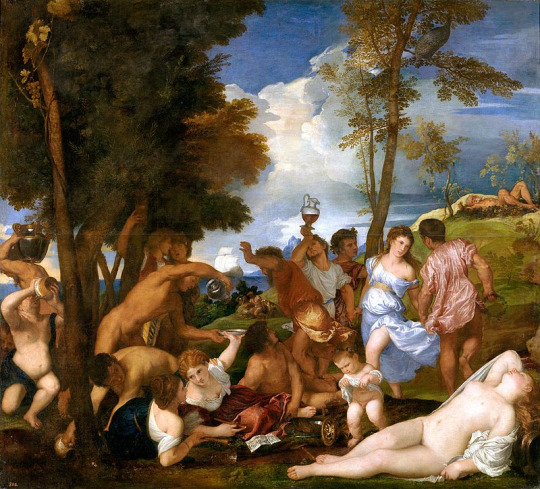
Titien's The Bacchanal of the Andrians
The Museum's website adds that this depicts the legend of how Dionysos gifted the inhabitants of the island of Andros with a river of wine. It was one of the numerous "miracles" attributed to the god by folk-belief when he became the god of the grapevine. Already in his "Bacchants" Euripides had told how, by touching a stone with his thyrsus he created a stream of fresh water, and where his narthex had touched the ground a stream of wine flowed ; and those that sought milk only had to scratch the ground near the god to see it flow, and from the god's thyrsus honey dropped...
In Ionia, on the island of Teos, a similar legend existed: it was said, by Diodor of Sicily and Pline the Elder, that at a fixed date in a calendar a stream of wine regularly flowed. At Elis, on the eve of the god's feast-day, empty jars and jugs were sealed and left alone in Dionysos' temple: by the morning, when they were opened, they were filled to the brim with wine.
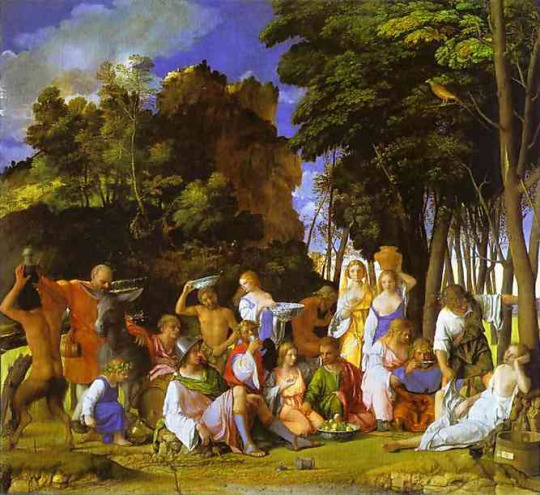
Giovanni Bellini and Titien's The Feast of the Gods
The museum adds this mention: the painting is a depiction of the legend of Lotis collected by Ovid. One night, as the gods had a feast, the nymph Lotis fell asleep. Priapus got close to her, and with his famous ithyphallic nature, he decided to rape her. But as he was about to touch her body, the donkey of Silenus started making loud noises - waking up everybody, including Lotis. Lotis fled from Priapus' embrace, and all the gods laughed and mocked the god.
This painting was most notably the favorite painting of Fernand Botero.

Dosso Dossi's Bacchanal with a drunk Silenus and Bacchants frolicking around grapevine
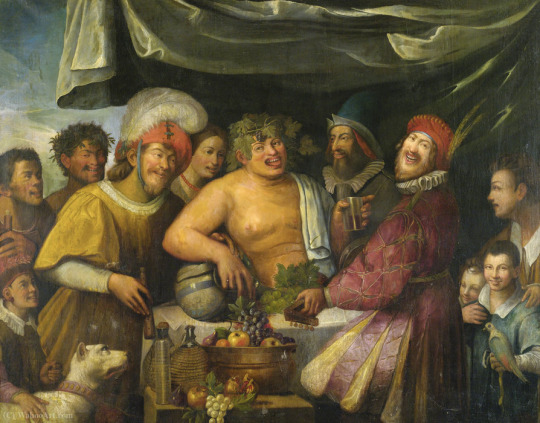
Niccolo Frangipane's Bacchanal

Nicolas Poussin's Bacchanal
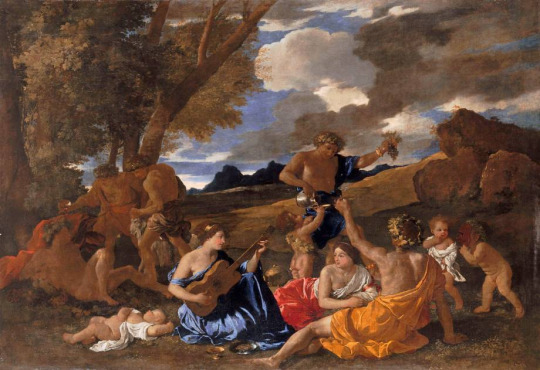
Nicolas Poussin's Bacchanal with a guitar player ; also called "Great Bacchanal"
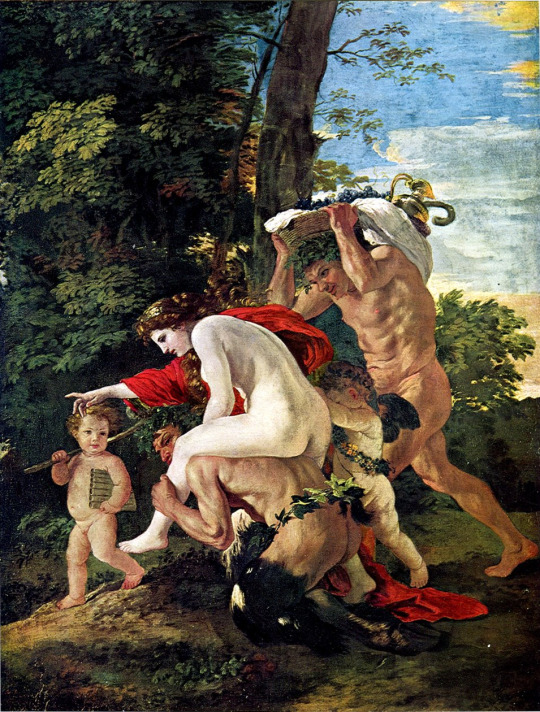
Nicolas Poussin's Bacchic Scene

Pier Francesco Mola's Bacchus supervising the Satyrs pressing wine
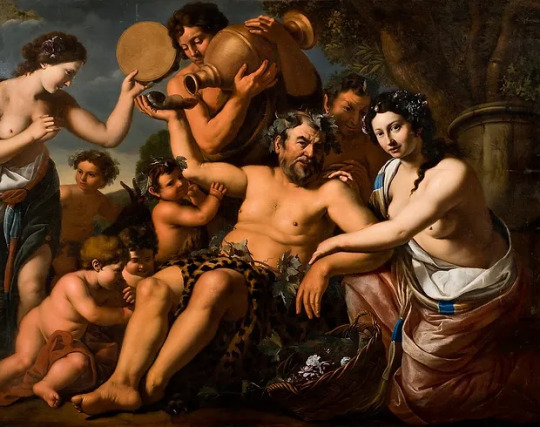
Gerrit van Bronckhorst's Bacchanal with Silenus
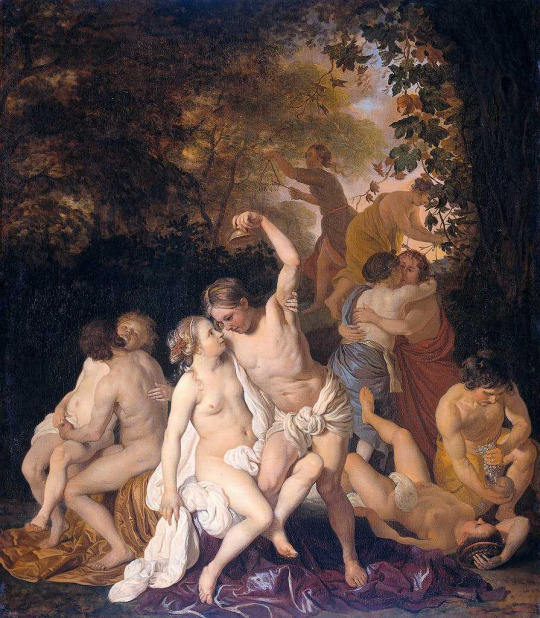
Jacob van Loo's Scene with Bacchants

Michaelina Wautier's Bacchanal
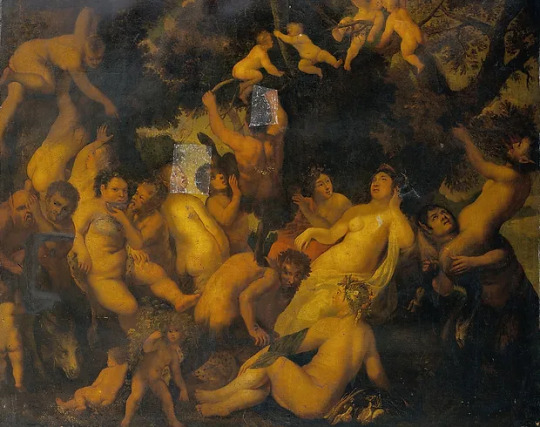
Jacques Jordaens' Bacchanal
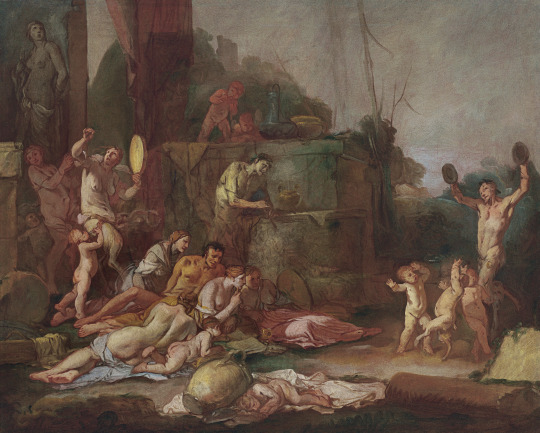
Giulio Carpioni's Bacchanal
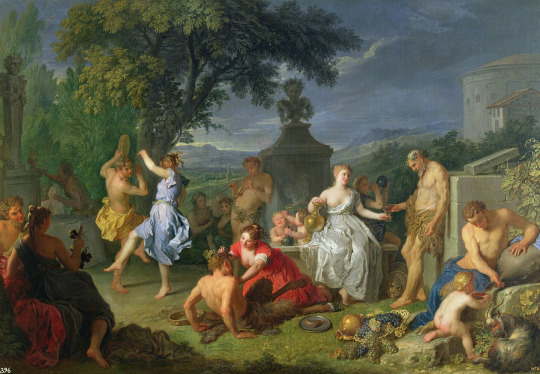
Michel-Ange Houasse's Bacchanal
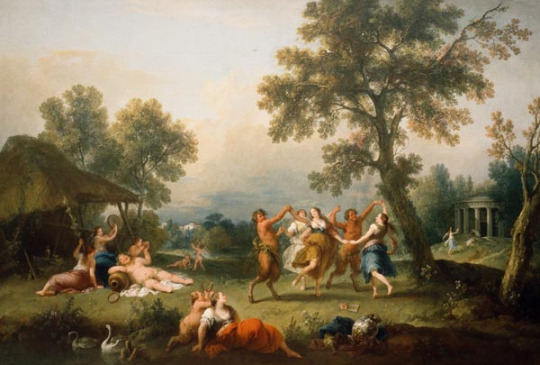
Francesco Zuccarelli's Bacchanal
#dionysos#the art of the myth#dionysus#bacchanal#the dionysos gallery#silenus#bacchants#greek mythology#painting#art
52 notes
·
View notes
Text

Bacchanal, Giulio Carpioni (1613-1678)
#art#art history#Giulio Carpioni#classical mythology#mythological painting#bacchanal#bacchanale#Baroque#Baroque art#Italian Baroque#Early Baroque#Italian art#17th century art#Kunsthistorisches Museum
100 notes
·
View notes
Text
Giulio_carpioni,_autoritratto_con_turbante,_1650_ca.jpg (1533×1806)

Self portrait by Giulio Carpioni (1613-1678). Prato, museum
2 notes
·
View notes
Photo

Giulio Carpioni, Bacchanal, ca. 1640-50, oil on canvas, 44.9 × 61.1 cm, Kunsthistorisches Museum, Vienna.
4 notes
·
View notes
Photo

Orpheus and Eurydice - Giulio Carpioni, 17th.century.
19 notes
·
View notes
Photo

Giulio Carpioni - The Death of Leander
Hero and Leander, two lovers celebrated in Greek legend. Hero, virgin priestess of Aphrodite at Sestos, was seen at a festival by Leander of Abydos; they fell in love, and he swam the Hellespont at night to visit her, guided by a light from her tower. One stormy night the light was extinguished, and Leander was drowned; Hero, seeing his body, drowned herself likewise.
#giulio carpioni#Hero and Leander#greek myth#ancient times#art#arte#paintings#picture of the day#lovers
405 notes
·
View notes
Text

Giulio Carpioni, 1613-1678
Bacchus and Ariadne, ca.1660, oil on canvas, 66.5×85 cm
Museum of Fine Arts, Budapest Inv. 622
28 notes
·
View notes
